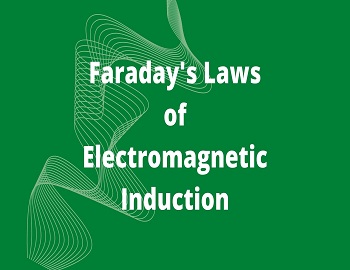Conservation of Energy:
If there are non-conservative forces present, for example, frictional forces of the medium surrounding the pendulum or a freely falling body, then the mechanical energy of the system is no longer conserved. It changes by the amount of work done in moving against the frictional forces, i.e.,
| Δ(K + U) = ΔE = Wf |
Where Wf is the work done against frictional forces. The lost energy is transformed into heat Q and the heat developed is exactly equal to the mechanical energy lost. We express it as
| ΔE + Q = 0 |
It is a conservation law including mechanical and heat energies. If we include all kinds of energies such as heat, light, sound, mechanical, etc., it is our experience that the sum total of all energies remains constant. The Law of Conservation of Energy is stated as follows:
“The energy may be transformed from one form to another, but it cannot be created nor destroyed. The sum total of all energy in the universe remains constant.” The law can be applied equally well for an isolated system.
The law is of great importance as it links all branches of physics. It is one of the unifying ideas of physics. The law has no mathematical derivation to prove it, like many other laws in physics. It is based on our experience and its greatness lies in the fact that so far no contradiction or failure of it has been observed. In fact, our faith in the law has been rewarded by new discoveries, for example, the discovery of neutrino in β-decay.
According to the relativistic concept, matter and energy are inter-convertible, i.e., mass can be converted into energy and vice-versa. Einstein gave a mathematical relation known as the mass-energy equivalence relation.
| E = mC2 |
Where E is the energy produced when mass m changes into energy. C is the velocity of light (= 3 x 108 ms-1). The relationship has been experimentally verified. A γ-ray photon changes into a pair of electrons and positrons under suitable conditions. The process is called pair creation. The reverse of this process called pair annihilation, where an electron and positron combine to produce an energy photon, has also been observed. Thus, the Law of Conservation of Energy contains the principle of conservation of matter in itself.









Comments (No)